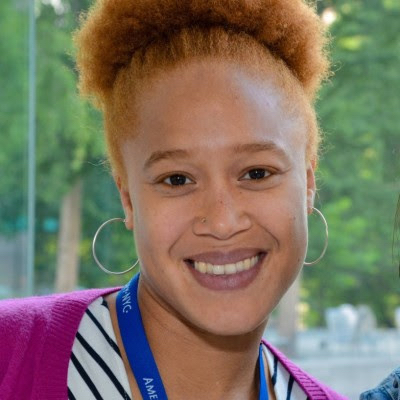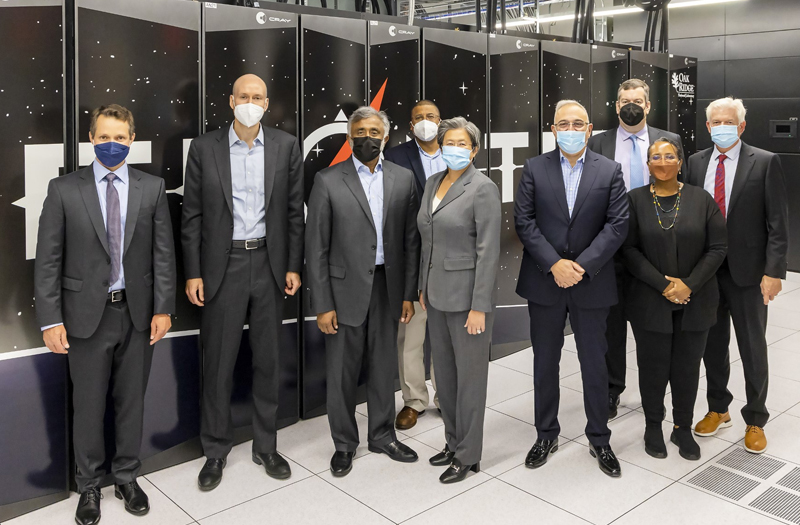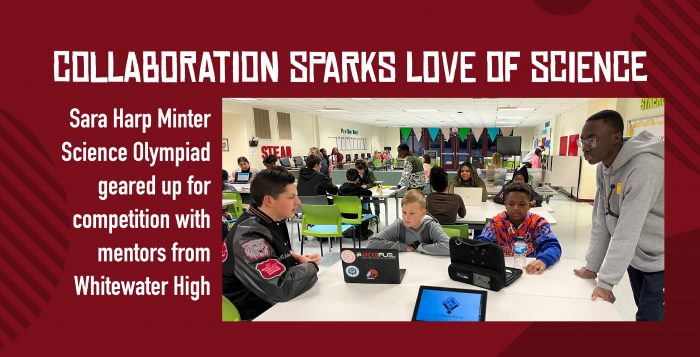Sabiya Sabir, a recent graduate of the Global Field Program (GFP) from New York, New York, has had an article published in NSTA’s Connected Science Learning. In the article, she discusses how educators can organize a community bioblitz, which is a biological survey that brings together students, teachers, parents, and scientists. This is a great way to introduce citizen science and engage communities in learning about local habitats.
Sabir completed her Master of Arts in Teaching (M.A.T.) in the Biological Sciences at Miami University through Project Dragonfly’s GFP program. During her studies, she also worked as the Director of Public Programs at a science museum in Bronx, New York. This experience allowed her to gain practical knowledge in the field while pursuing her academic goals.
Through Sabir’s work and research, she has demonstrated the importance of engaging communities in scientific endeavors like bioblitzes. By involving people of all ages and backgrounds in these activities, we can foster a greater appreciation for the environment and empower individuals to take an active role in scientific exploration. Sabir’s passion for education and community engagement shines through in her work, inspiring others to get involved in citizen science initiatives.
Sabir emphasizes that web-based citizen science projects like bioblitzes can provide scientists and the public with valuable data about the natural world. These projects allow anyone with access to technology to contribute to scientific research without needing advanced degrees or extensive training.
In conclusion, organizing community bioblitzes is an effective way to engage communities in scientific exploration and promote environmental awareness



